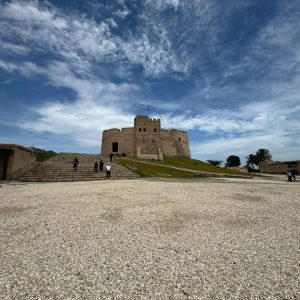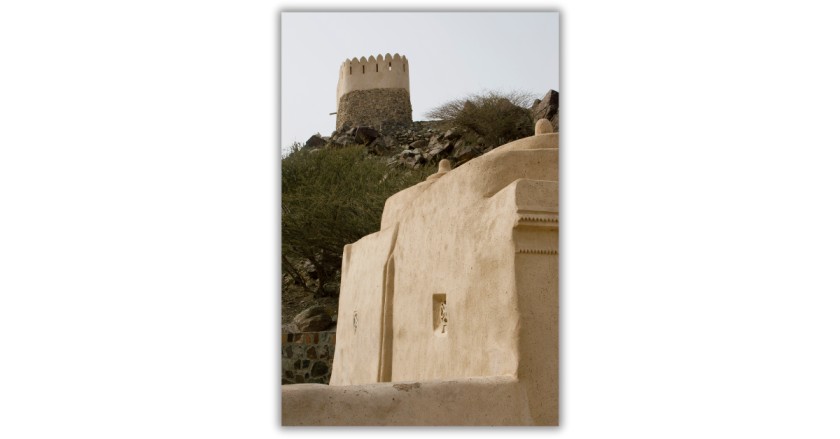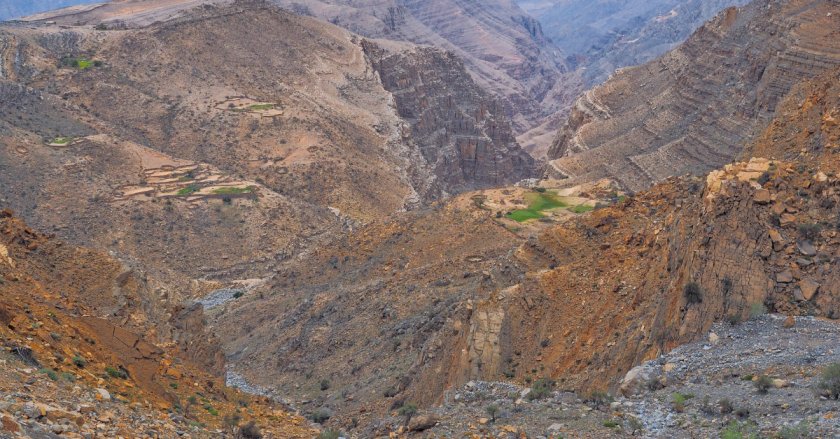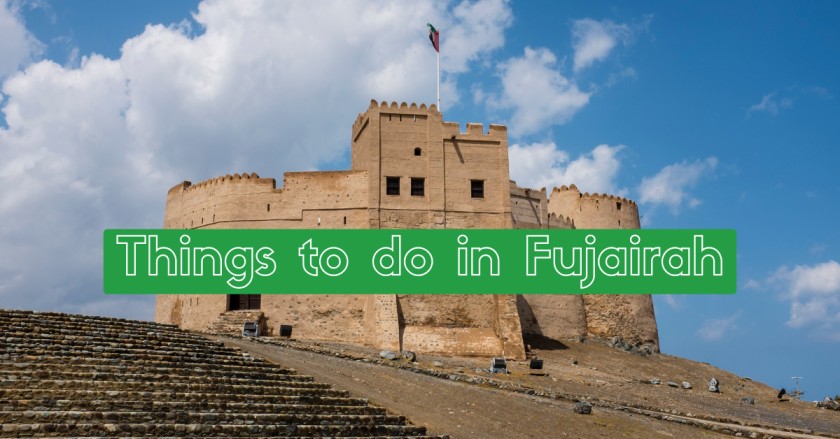Imagine residing in a city with beaches where you can unwind after a long day at work and take in the peace and quiet of the surrounding mountains.
The Emirate of Fujairah, one of the least visited emirates, is real, serene, and pleasant despite the large number of oil tankers that moor there.
Explore Vigor Tourism’s list of the best sights and activities to do in Fujairah for inspiration on what this less-travelled emirate has to offer.
Explore the Fujairah Fort

One of the most exquisite and historic forts in the United Arab Emirates is Fujairah Fort. Having been the residence of the governing family, it ought to be high on your list of places to see. It was founded in 1670 and represents the rich history that Fujairah is proud of.
It was the only stone structure on the shore of Fujairah for many centuries. The mud-brick fort itself consists of three main portions: multiple halls, a rectangle-shaped tower, and two circular towers.
Here are reconstructed historic homes, conventional exhibits, and an example of the Al Yazrah irrigation system utilised by Emirati farmers. It has undergone substantial repair in recent years, reinstating it to its former magnificence.
Pray at Al-Bidyah Mosque

As was already said, Fujairah has a rich cultural history. With a history spanning the fifteenth century, Al-Bidyah Mosque—also referred to as the Ottoman Mosque—is the oldest mosque in the United Arab Emirates. Considering the time of construction, the engineering elements represent a significant achievement.
The site is a popular tourist destination due to the mosque’s flaming architecture, which includes four watchtowers, stonewalls, and the foundations of earlier, destroyed structures. It has a mihrab—the prayer niche facing Mecca—and a tiny prayer room. It was built with mud bricks.
Excavations around the mosque have shown that people had lived there for 4,000 years. When exploring, Muslims are welcome to say prayers, and non-Muslims are welcome to observe it from the outside.
Enjoy the Hajar Mountains

Parts of the Hajar Mountains, a popular destination for road trips, are owned by Fujairah, Ras Al Khaimah, and Sharjah Emirates. The region is traversed by what are known as wadis, which are oases found in valley bottoms.
A wadi is a dry riverbed. Wadi Siji, Wadi Saham, and Wadi Maidaq are among of the area’s most stunning wadis. It is the highest mountain range in the area and one of the most breathtaking tourist destinations in the Arabian Peninsula. The most well-known wadi in the UAE is Wadi al-Wurayah, a UNESCO biosphere reserve located north of Fujairah.
You might be surprised to learn that the precise time and date of the mountains’ formation are unknown, but we do know that they formed prior to 30 millennia as a result of continental collision.
Shop at the Masafi Village
Wadi Ham, the valley that floods occasionally, is accessible from Masafi Village, which is situated on the border between Fujairah and Ras Al Khaimah. The settlement is situated directly across the border that separates the two emirates, Ras al-Khaimah and Fujairah.
Before the 1970s, when the area’s current roadways were constructed, it served as a trading post and a place to refuel. It is a well-known destination for its naturally occurring spring and Friday market, where one can purchase produce that is grown nearby. It is built along a lengthy paved road.
The market is a well-liked spot to stop on a road trip where you can stretch your legs while perusing the shops. It offers local fruit, earthenware pottery, handmade items, and carpets.
Relax at the Ain Al-Madhab Hot Springs
Sulfurous thermal springs can be found in the foothills of the Hajar Mountains; one such spring is Ain al-Madhab Hot Springs, which lies a short distance outside of Fujairah city.
This tourist destination, which was built around the mineral spring, also has a park, an outdoor theater that hosts performances and musical festivals, and the Heritage Village.
Warm sulfuric water from the nearby Ain al-Madhab mineral springs is poured into two pools, one for each gender. The pool’s mineral-rich waters are a fantastic choice if you’ve been vacationing and need to soak away niggly pains.
Family-friendly and particularly popular on weekends, the Ain al-Madhab Hot Springs park charges very low entrance costs.
Discover the Fujairah Museum
The museum is the ideal trip destination if you’re interested in learning about the rich past of the area and its archaeological finds.
The Fujairah Museum, located within close proximity of Fujairah Fort, houses an outstanding collection of early Bronze Age objects that were found during archaeological investigations at Qidfa and Bithnah.
This museum ultimately opened to the public in 1991, and it contains artifacts as well as a sense of the local history. One of the museum’s most valuable finds is a 2,200-year-old bowl crafted from ostrich eggs that was found at Qidfa.
This museum is made up of five huge halls, two of which are dedicated to antiquities and the remaining three to various artifacts in the collection.
Al Hayl Castle
Located 11 kilometres west of Fujairah City, Al-Hayl Castle served as the ruling family’s headquarters in the past. An outstanding guide will be provided to you to show you this city’s historical side.
Constructed over 200 years ago, this fortress served as a barrier against numerous attacks. All that remains of the castle now is an ensemble of buildings and two turrets. Perched atop the hill, they serve as a poignant reminder of the time when these forts were dispersed throughout key inclines in the present-day United Arab Emirates.
Even while visiting Al-Hayl Castle is well worth the trip, you may still get a sense of the rural way of life in these areas because the location is still not well-known to the general public.
Sheikh Zayed Mosque
The second-largest mosque in the United Arab Emirates, occupying an area comparable to three football fields, is something that the Emirate of Fujairah is proud of. This mosque is enormous, with space for 32,000 attendees and six 100-meter-tall minarets.
From Saturday to Thursday, between 9 a.m. and noon, non-Muslims are welcome to enter the mosque and take in its elaborate interior, including large chandeliers and Moorish arches.
This mosque’s body is painted white, and it features six minarets. This mosque is constructed from marble and granite. It’s one of the most recognizable sites in Fujairah because of its white exterior, domes, and elaborate ornamentation.
If you want to go, be sure to dress accordingly. Women should wear headscarves and wear long sleeve shirts and skirts.


0 Comment